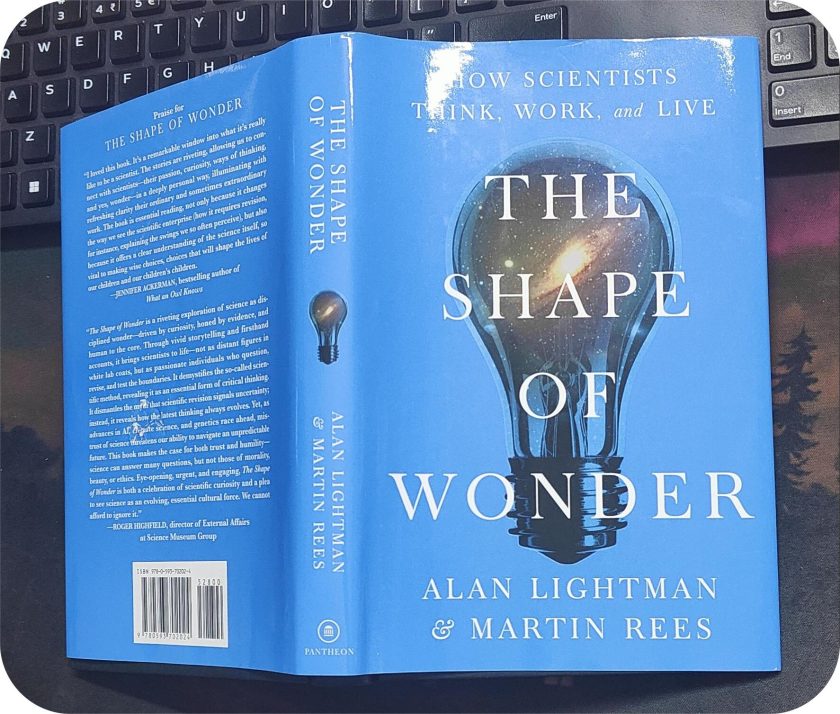
Alias Grace is a historical fiction book by Canadian author Margaret Atwood. It was first published in 1996.
I like the storytelling technique of Atwood, the flashbacks and the narration takes the reader to contemporary times. The story of Alias Grace is based on a real woman named Grace Marks, who was from Ireland and moved to Canada in the 1800s. She was found guilty of helping to kill her boss, Thomas Kinnear, and his housekeeper, Nancy Montgomery. These murders were very violent and shocking. Grace was sentenced to death, but later her sentence was changed, and she spent many years in prison before being released.
While the plotline of the book is quite unusual because it doesn’t fit neatly into a single type of story, as it mixes real and fictional elements, making it hard to tell what is true or false, sane or crazy, innocent or guilty. The story takes us into the mind of a character involved in a past murder case, making it very personal and intense at the same time.
It kept me interested while also made me think about larger ideas, like women’s roles, how memories can be unclear, and how people see themselves. All these make the book both exciting and thought-provoking.
Grace’s Memory Gaps and Dr. Jordan’s Fascination
The story is mainly told from the points of view of Grace, a woman with mysterious gaps in her memory, and Dr. Simon Jordan, a young doctor who becomes very interested in her case.
She fascinated him, and he felt an irresistible urge to discover who she truly was and what had really occurred. The author focused on the relationship between the doctor and the patient, which is an important part of the story. This is similar to a famous old story called The Yellow Wallpaper, where a woman’s mental health struggles are shown through how men treat her and how they hold power over her. However, unlike that story, Alias Grace also looks at how society’s ideas about gender, social class, and being an immigrant affect what happens to Grace.
Plot Moves Through the Maze of Memories
One of the novel’s most compelling features is how the story shows characters struggling with their memories and trying to forget things. Grace’s memories are confusing, incomplete, and sometimes seem to conflict with each other, making it unclear what is true and what might be false. There is this scene where a doctor named Dr. Jerome DuPont uses special methods to help people remember or reveal hidden memories. These methods are inspired by old medical practices from the Victorian times, which sometimes used ideas from spiritual beliefs and mind control techniques like mesmerism. These scenes feel dramatic and almost like a performance, with ghosts and mysterious voices that make it hard to know if supernatural things are really happening or if they are part of Grace’s mind.
The episode raises the question of whether Grace is truly haunted by her past or if her experiences are caused by mental health issues like dissociative identity (multiple personalities) or trauma. However, at this point, the story doesn’t give a clear answer, leaving readers questioning what is real, similar to Shirley Jackson’s book The Haunting of Hill House, which also makes me wonder if spooky things are supernatural or just in the characters’ minds.
Symbolism & Realistic Spaces
The writing style of Atwood makes the setting feel very real and intense. She describes small, confined spaces like kitchens, claustrophobic basements, and prison rooms so clearly that it seems like you can feel the walls around you. She also shows what life was like in the 1800s, including the social rules, strict gender roles, and fragile hopes of people at that time, painting a detailed picture of their world.
A key symbol in the story is quilting, especially the “Tree of Paradise” quilt that Grace works on. This quilt is made from different fabrics and patterns, and it stands for how memories and identities are made up of many pieces, some beautiful and some damaged. The quilt’s parts come together to form a bigger story, but that story can be interpreted in different ways. This idea relates to the main themes of the book, like how stories are created, who controls them, and which voices are heard.
Grace’s Ambiguity and the Clash Between Science and Superstition
What I found especially thought-provoking was Atwood doesn’t make Grace a clear villain or a clear victim. Instead, she is shown as someone who exists in a confusing area between good and bad, which makes readers feel uncomfortable and uncertain about her situation. Grace remains silent and her true story is unclear, which makes us think about our own ideas about who is responsible for crimes, who has control over their actions, and whether women can be criminals. A similar line of thought was seen in Gillian Flynn’s Gone Girl, a novel which also looks into how complicated women can be when they break society’s rules.
Atwood’s story also deals with ideas about medicine and mental health in the 1800s. There is a character, Dr. Jordan, who uses scientific methods to understand mental illness, in contrast to the popular beliefs of the time that involved supernatural ideas like hypnotism or spirits. This shows a tension between science and mystical beliefs during that period. The book reflects worries about understanding the mind and soul, and connects to bigger questions about how society views mental illness, especially in terms of gender and power. And surprisingly, these themes are still relevant today.

Takeaway
In a nut shell, Alias Grace makes us think about how stories are created and told. The story includes many different versions, like newspaper reports, court statements, personal thoughts, and made-up histories. Margaret Atwood, doesn’t just tell Grace’s story, she asks us to think about how stories are put together and how reliable they are. This makes us realize that no single story can show the whole truth and this happens to be the best part of reading Atwood’s works.
The book is also similar to other stories, like Tim O’Brien’s The Things They Carried, which show that memories and stories can be unclear or uncertain, making it hard to know what’s truly true.
People who enjoy stories that make them think and question will find Alias Grace interesting. It explores important ideas about gender, power, memory, and justice. The protagonist is complex and stays in your mind even after finishing the book.
Overall, Alias Grace isn’t just a story about history. It’s a deep reflection on what truth really is and how hard it can be to tell whether someone is guilty or innocent. The way Margaret Atwood describes Grace shows a woman whose story can’t be easily fixed or fully understood. The book makes us think about the dark sides of history, psychology, and storytelling, and it makes us question what we believe about crime, punishment.



